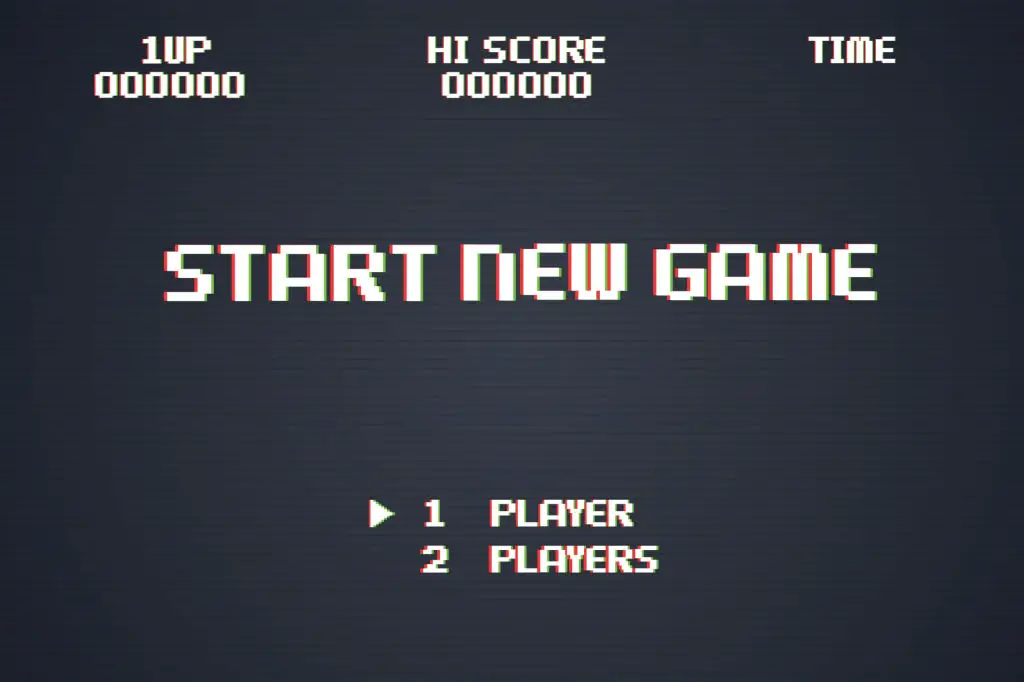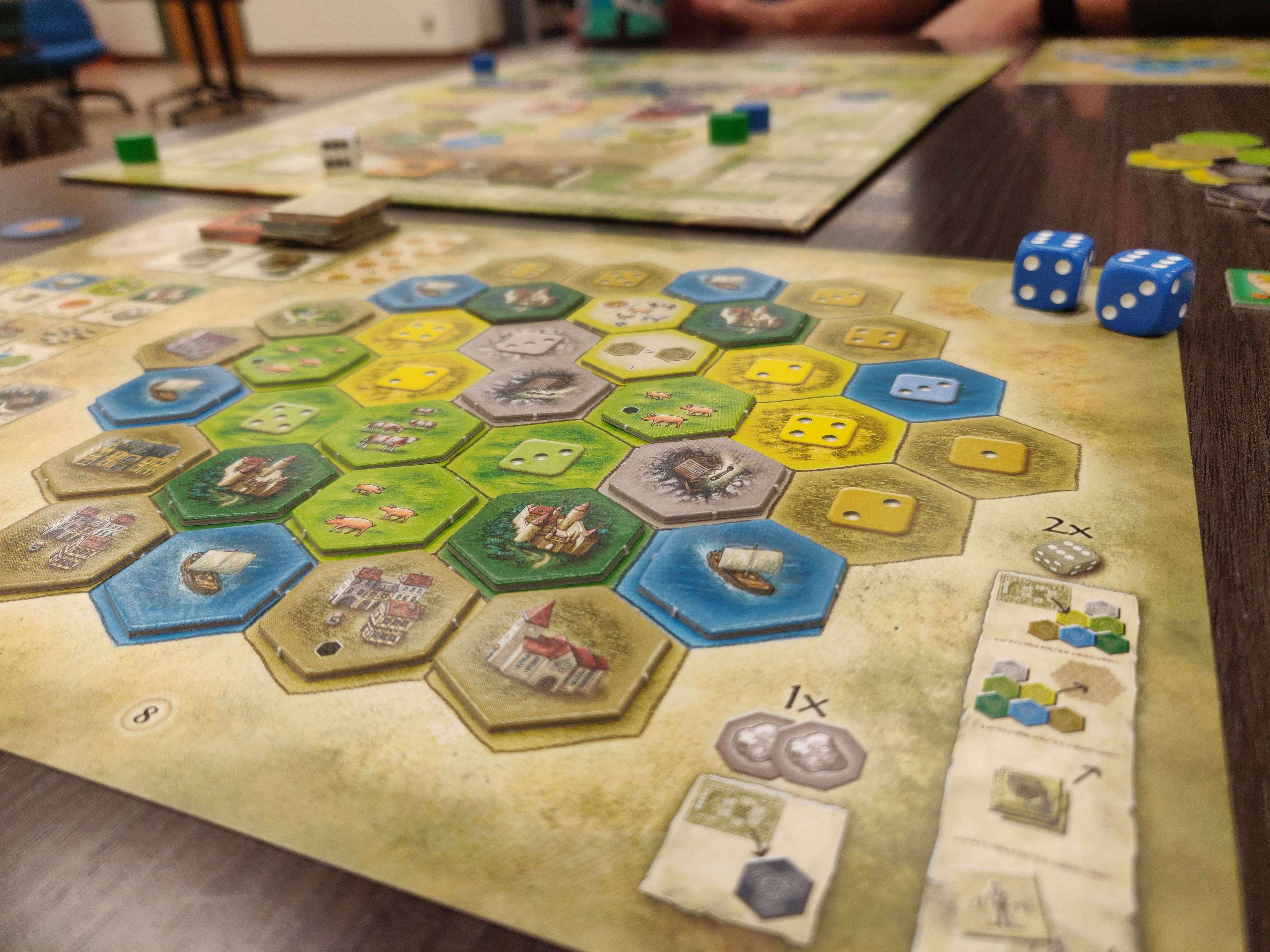Every generation of gamers has its battlefield—and the console wars have always been ground zero. More than just a marketing feud, these high-stakes showdowns between gaming titans have shaped the way we play, talk, and even think about video games. It’s never just been about graphics or specs—it’s about loyalty, legacy, and the thrill of picking a side. From the iconic Sega vs. Nintendo rivalry that defined the ‘90s, to the modern face-offs between Sony, Microsoft, and Nintendo, these clashes have pushed the limits of technology and creativity. They’ve birthed cult classics, bold innovations, and fan wars that still rage across forums today. In this article, we’re diving into the 10 most unforgettable console wars in gaming history—moments where competition sparked revolution and forever changed the industry. Ready to revisit the battles that built modern gaming? Grab your controller. The war stories start now.
1. The Dawn of Rivalry: Atari vs. Intellivision
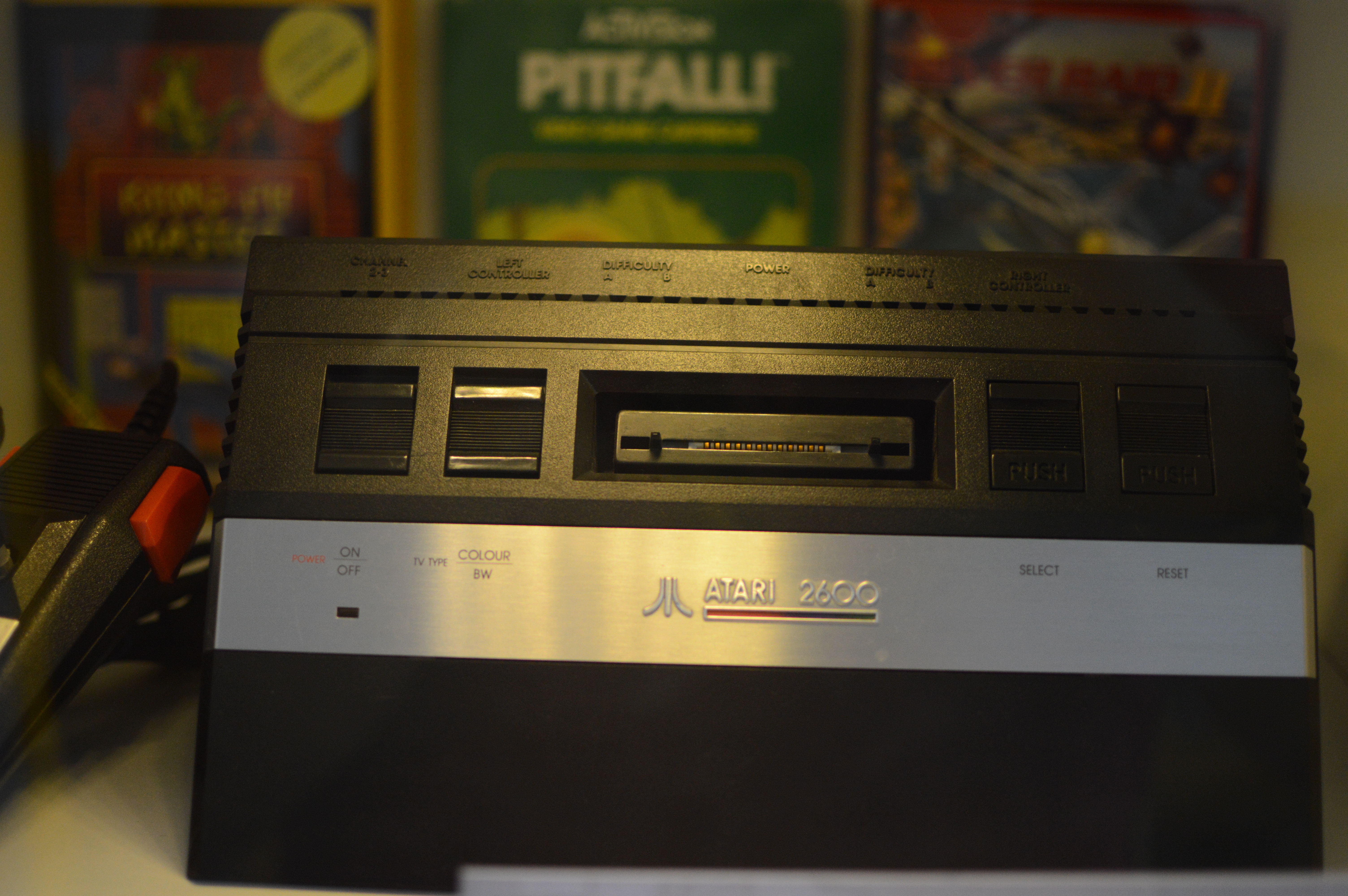
The first significant console war erupted in the late 1970s and early 1980s between Atari and Intellivision. Atari, with its iconic 2600, had established a strong foothold in the burgeoning market. However, Intellivision, introduced by Mattel, posed a formidable challenge with its superior graphics and sound capabilities. This rivalry was characterized by aggressive marketing campaigns and a series of competitive game releases. Atari's dominance was threatened as Intellivision carved out a niche among hardcore gamers seeking a more sophisticated gaming experience. This early clash set the stage for future console wars, highlighting the importance of technological innovation and strategic marketing.
2. The 8-bit Revolution: Nintendo vs. Sega
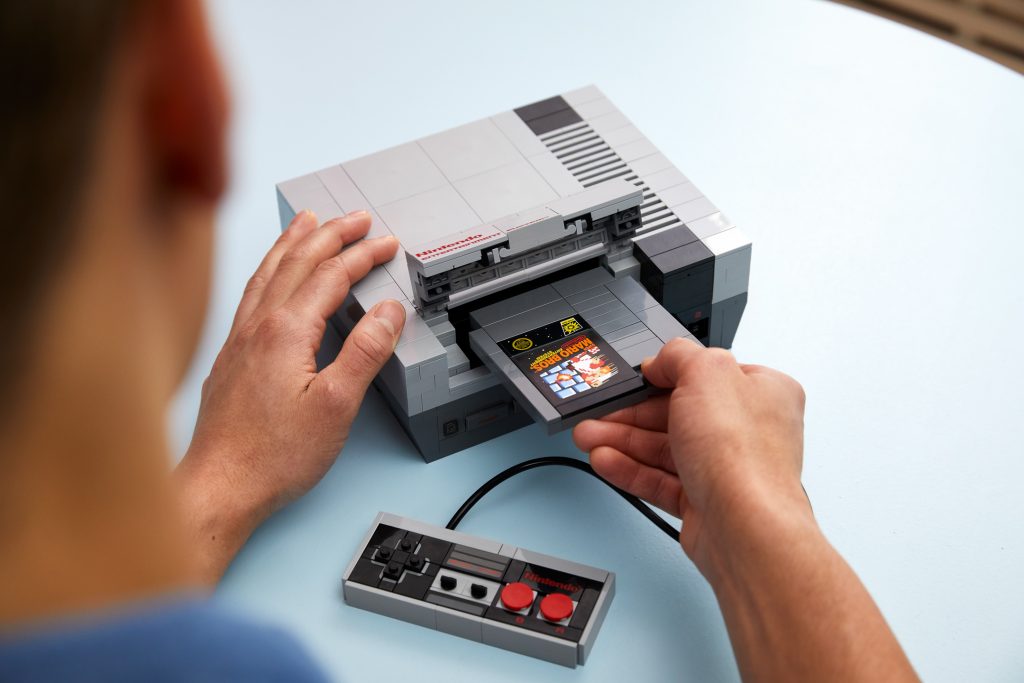
The mid-1980s saw the rise of the 8-bit era, dominated by the fierce rivalry between Nintendo and Sega. Nintendo's NES (Nintendo Entertainment System) revitalized the gaming industry after the crash of 1983, but Sega's Master System sought to dethrone it with its advanced graphics and sound. This battle was not just about hardware; it was also a contest of iconic characters and franchises, with Nintendo's Mario and Sega's Sonic becoming cultural icons. The competition drove both companies to innovate, resulting in a golden age of gaming that laid the groundwork for the industry's future growth and diversification.
3. The 16-bit Showdown: Super Nintendo vs. Sega Genesis

The transition to 16-bit consoles in the early 1990s intensified the rivalry between Nintendo and Sega. The Super Nintendo Entertainment System (SNES) and Sega Genesis (known as the Mega Drive outside North America) were at the forefront of this battle. Sega's aggressive marketing, epitomized by the slogan "Genesis does what Nintendon't," aimed to position the Genesis as the cooler, edgier choice for gamers. The competition led to a flurry of groundbreaking titles, including "Super Mario World" and "Sonic the Hedgehog." This era underscored the importance of exclusive games and brand identity, with each company striving to capture the hearts and minds of gamers worldwide.
4. The CD-ROM Revolution: PlayStation vs. Sega Saturn
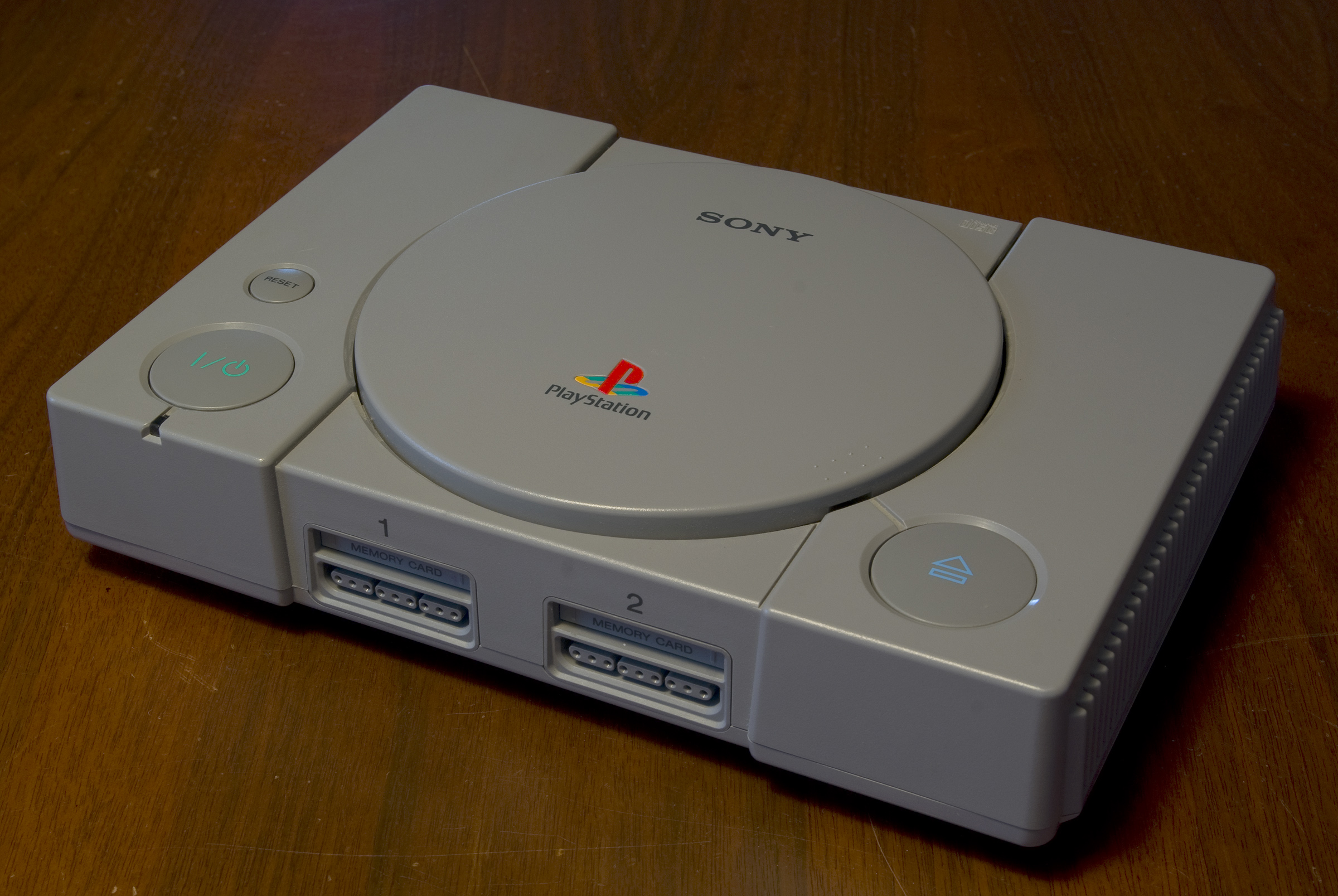
The mid-1990s marked a pivotal moment in gaming history with the advent of CD-ROM technology. Sony's entry into the console market with the PlayStation disrupted the status quo, challenging Sega's Saturn and Nintendo's aging SNES. The PlayStation's ability to deliver high-quality 3D graphics and immersive gameplay experiences quickly garnered a loyal following. Sega's Saturn, despite its technical prowess, struggled due to a rushed release and lack of developer support. This era highlighted the significance of third-party developer relationships and the growing importance of multimedia capabilities, setting the stage for future console generations.
5. The 64-bit Era: Nintendo 64 vs. PlayStation
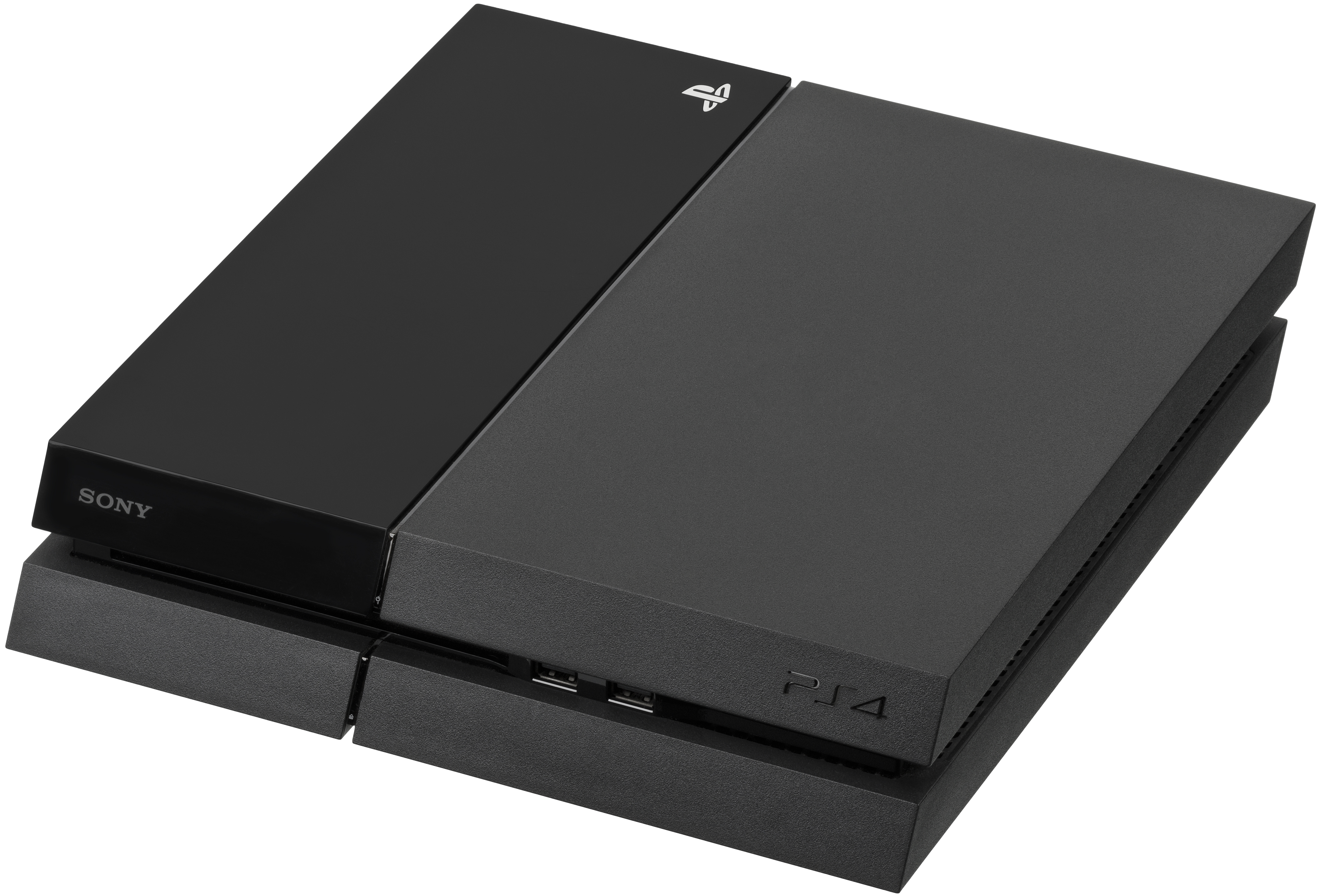
As the industry moved towards 64-bit consoles, Nintendo and Sony emerged as the primary contenders. The Nintendo 64, with its innovative controller design and groundbreaking titles like "Super Mario 64," sought to maintain Nintendo's dominance. However, Sony's PlayStation continued to gain momentum, thanks in part to its extensive library of third-party titles and strong marketing strategies. This period emphasized the shift towards 3D gaming and the importance of diverse game libraries. Sony's success with the PlayStation demonstrated the potential for new entrants to disrupt the market, challenging established players and reshaping the gaming landscape.
6. The Online Frontier: PlayStation 2 vs. Xbox
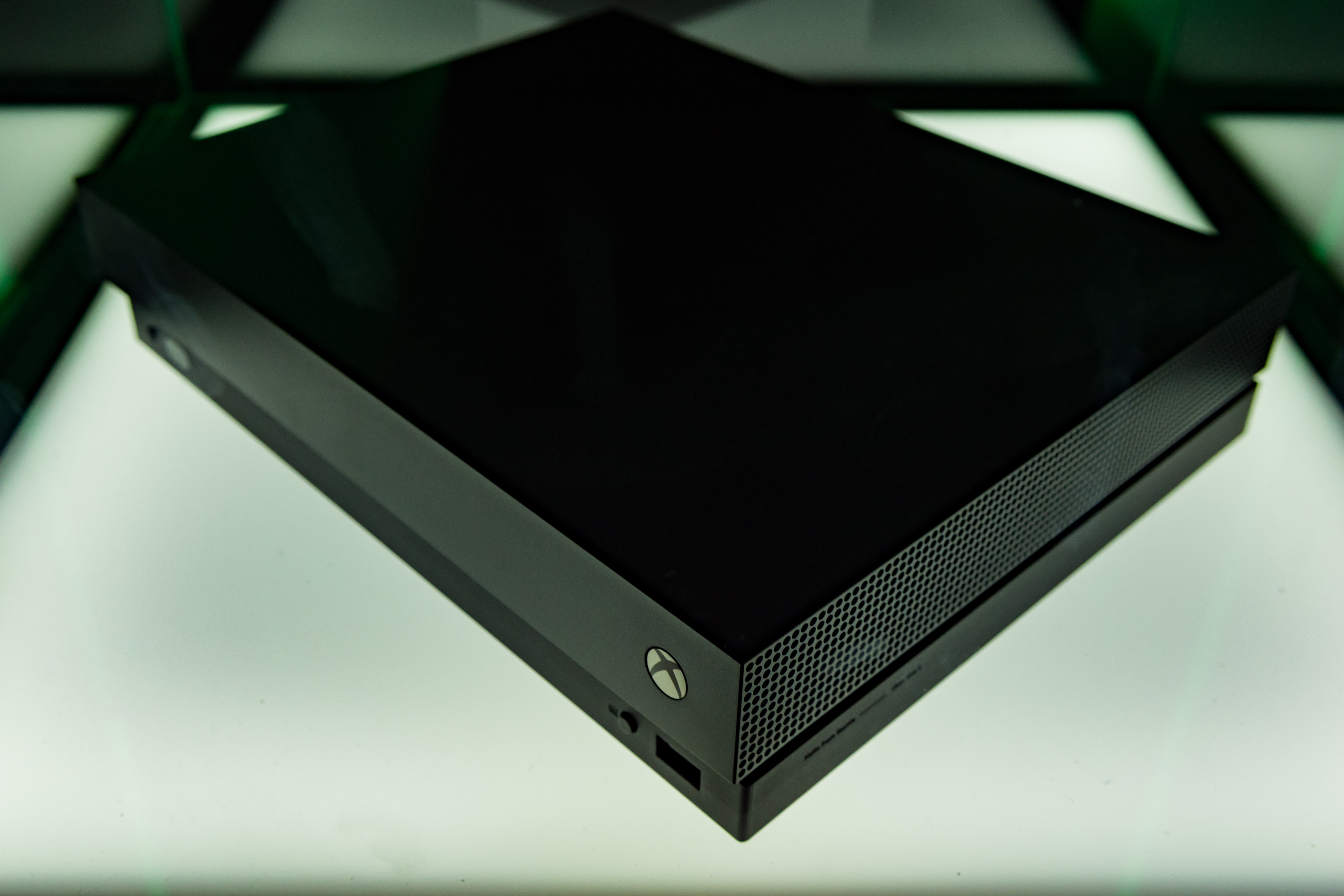
The early 2000s saw the emergence of online gaming as a critical component of the console experience. Sony's PlayStation 2, with its vast game library and backward compatibility, initially dominated the market. However, Microsoft's entry with the Xbox introduced a new dimension to console wars. The Xbox's robust online capabilities, exemplified by Xbox Live, set a new standard for online multiplayer gaming. This era marked a turning point in the industry, as online connectivity became a key selling point for consoles, influencing consumer expectations and paving the way for future innovations in digital distribution and online services.
7. The Motion Control Battle: Wii vs. PlayStation 3 vs. Xbox 360
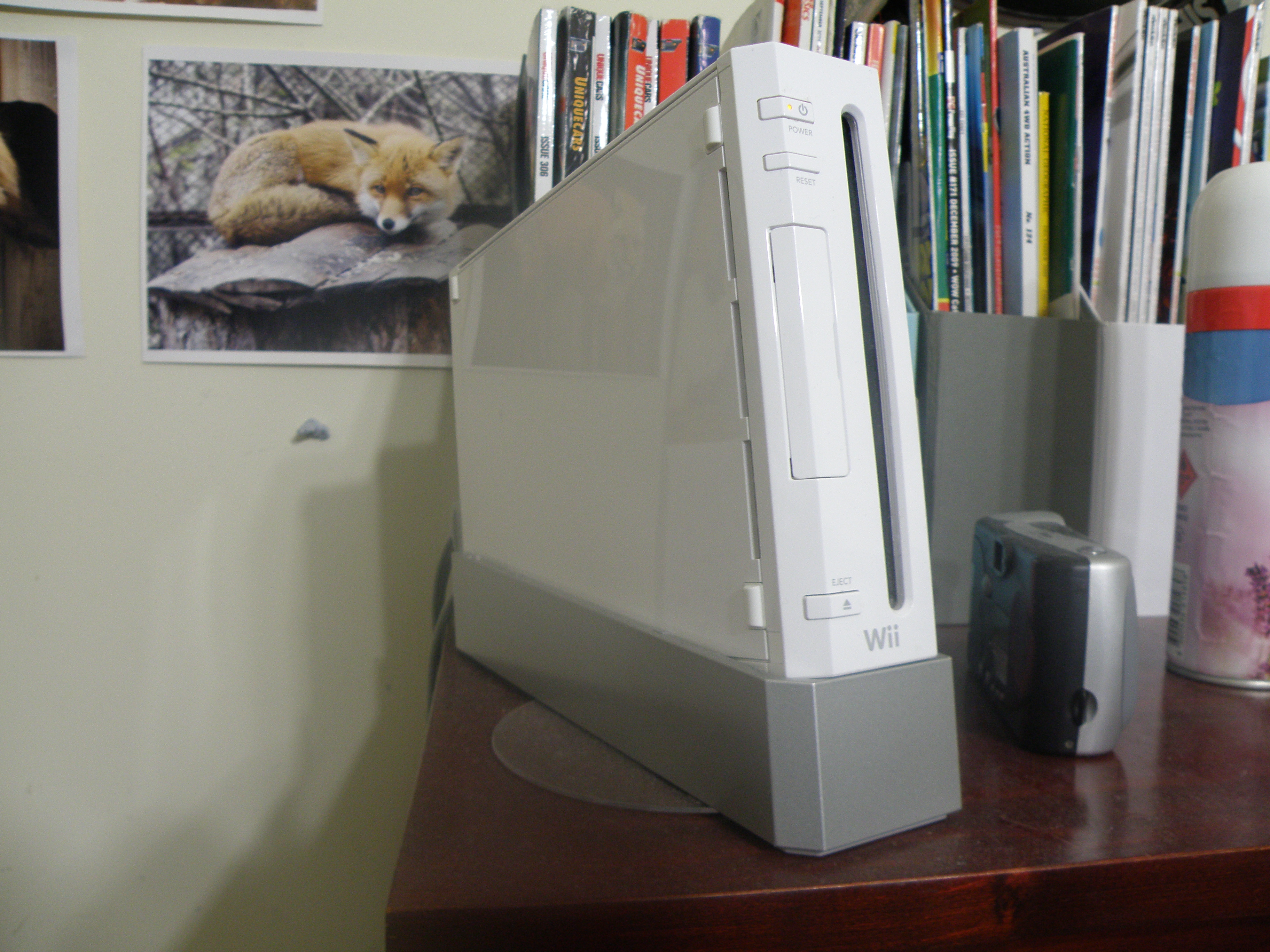
The mid-2000s witnessed a new kind of console war focused on motion control technology. Nintendo's Wii, with its intuitive motion-sensing controllers, broadened the gaming audience by appealing to casual gamers and families. Meanwhile, Sony's PlayStation 3 and Microsoft's Xbox 360 sought to capture the core gaming market with advanced graphics and online capabilities. This period underscored the diversification of the gaming audience and the need for companies to balance innovation with traditional gaming experiences. The success of the Wii demonstrated the potential for unconventional approaches to redefine the market, influencing future console designs and strategies.
8. The Next-Gen Battle: PlayStation 4 vs. Xbox One
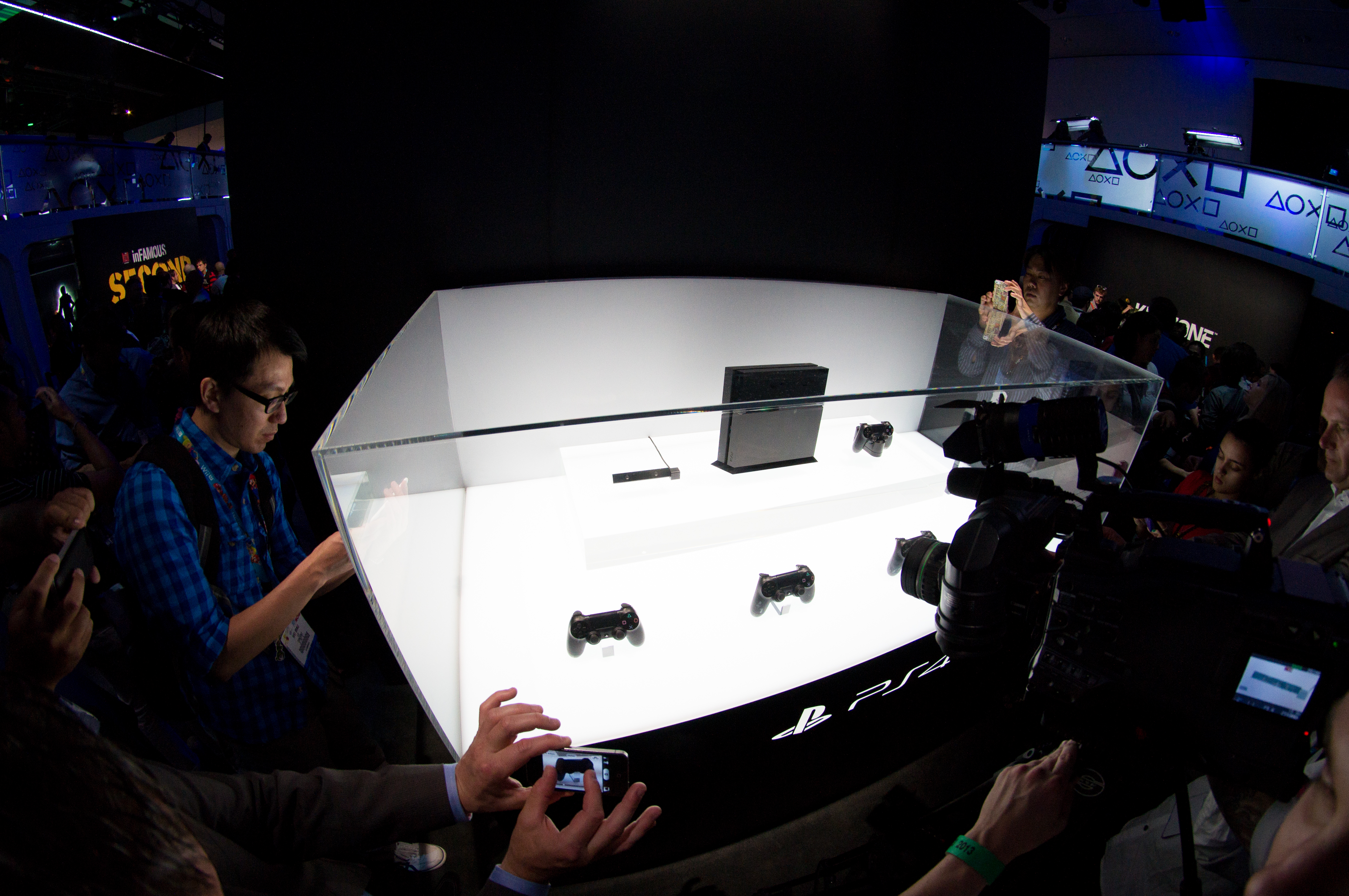
The launch of the PlayStation 4 and Xbox One in the early 2010s marked the beginning of a new generation of consoles, characterized by an emphasis on social connectivity and multimedia integration. Sony's focus on gaming-centric features and indie developer support helped the PlayStation 4 gain an early lead. In contrast, Microsoft's initial emphasis on multimedia capabilities and controversial DRM policies hindered the Xbox One's launch. This era highlighted the importance of understanding consumer preferences and the growing significance of digital distribution. The competition drove both companies to refine their strategies, resulting in a more dynamic and consumer-friendly market.
9. The Cross-Platform Era: PlayStation 5 vs. Xbox Series X
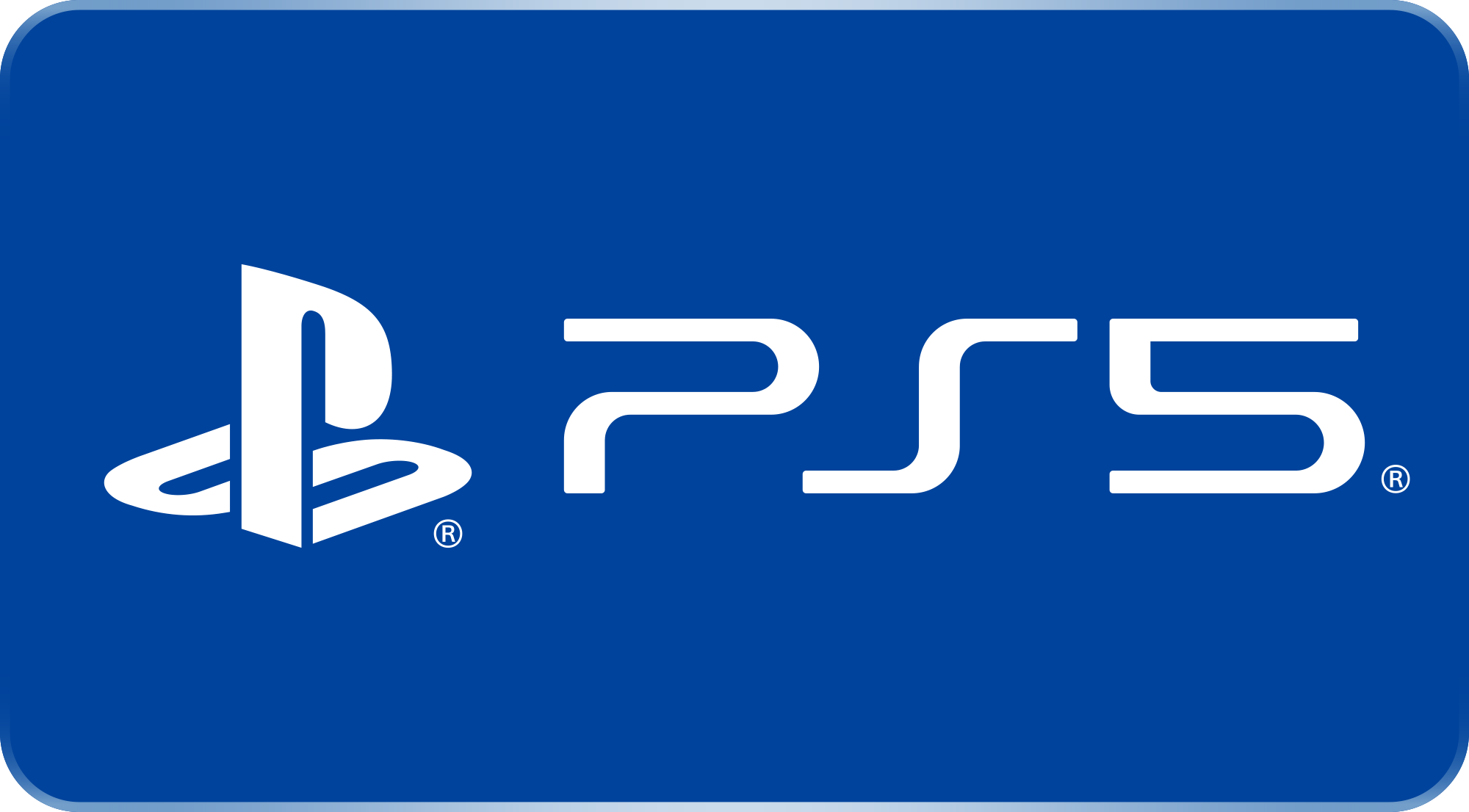
As the industry entered the 2020s, the release of the PlayStation 5 and Xbox Series X signaled a new phase in the console wars, characterized by a focus on cross-platform play and cloud gaming. Both consoles boasted impressive hardware capabilities, with an emphasis on faster load times and enhanced graphics. The competition extended beyond hardware, as both companies invested in cloud gaming services and exclusive content partnerships. This era underscores the evolving nature of console wars, as companies adapt to changing consumer expectations and technological advancements, paving the way for a future where traditional console boundaries become increasingly blurred.
The Legacy of Console Wars
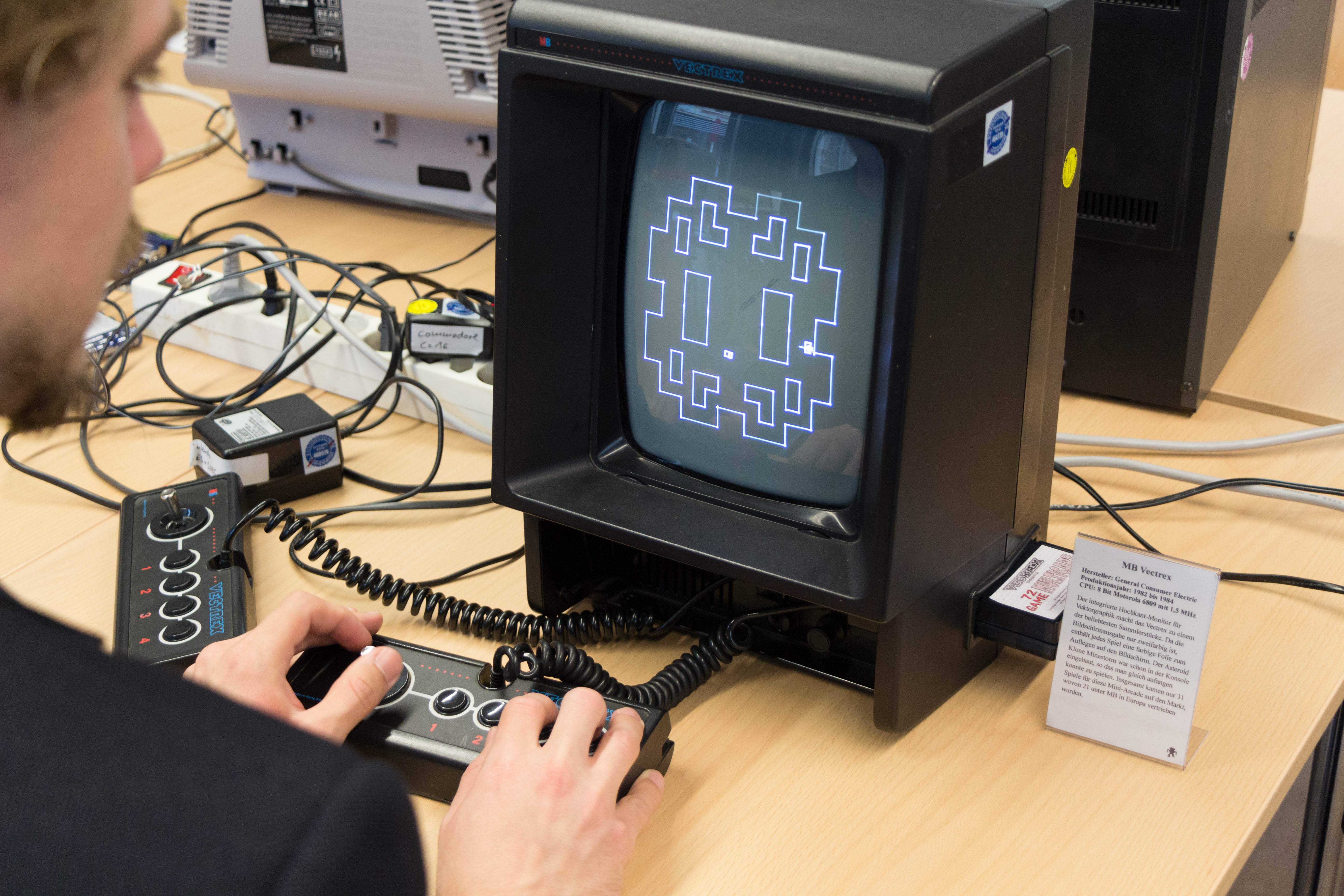
Console wars have never just been about winning—they’ve been about redefining what’s possible. Each rivalry, from Atari’s pixelated beginnings to today’s cloud-powered giants, has sparked the kind of innovation that reshaped the gaming world. These battles didn’t just sell systems—they set new standards, fueled creative risks, and built communities that still wear their loyalty like a badge. Whether it was Sega’s swagger, Sony’s cinematic leap, or Microsoft’s online revolution, every clash left behind more than just a victor—it left a legacy. And as we enter an era of cross-platform play, cloud gaming, and AI-driven experiences, the echoes of these wars still shape every launch, every headline, every next-gen leap. The competition isn’t over—it’s just evolving.
Powered by Froala Editor

